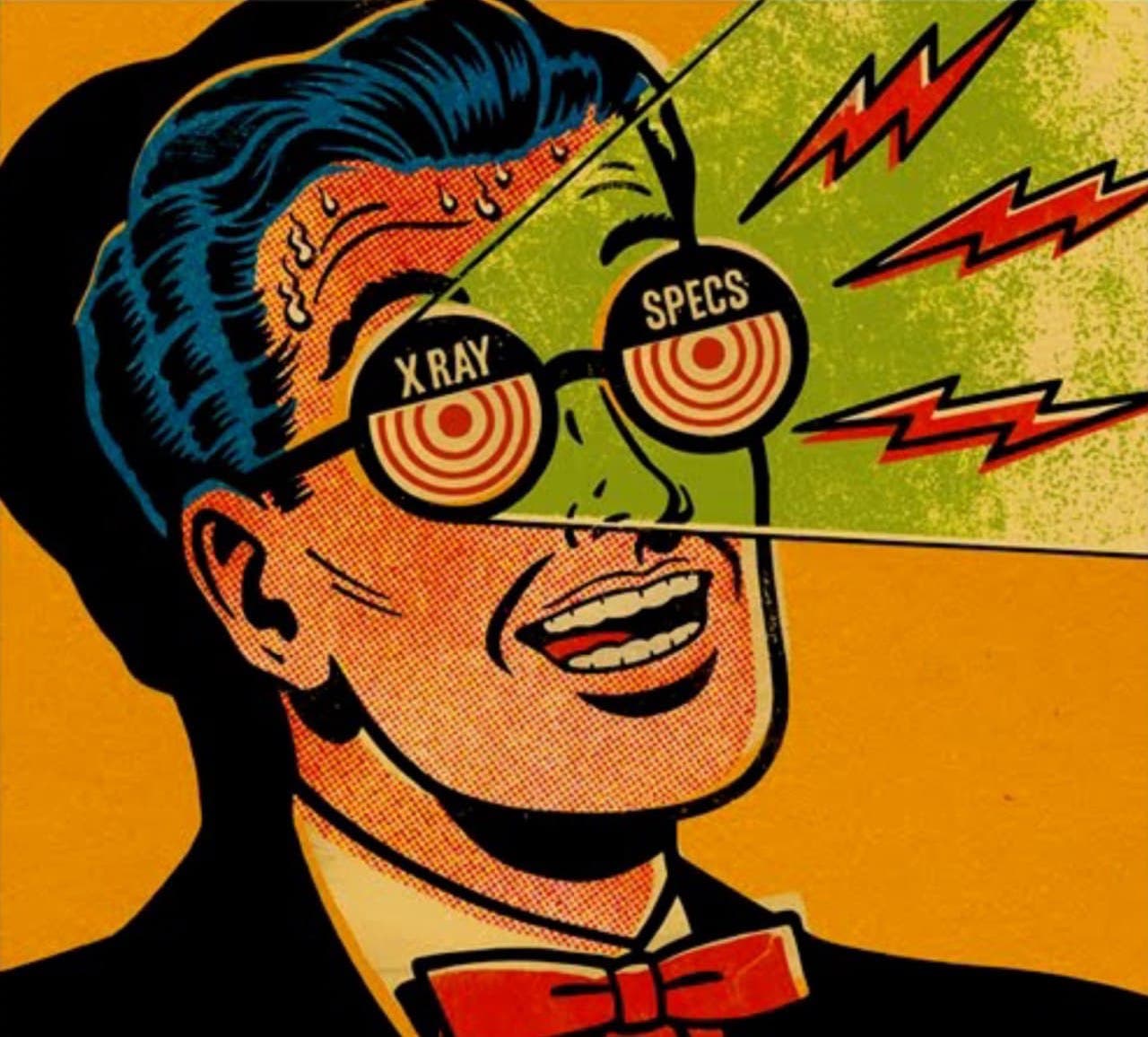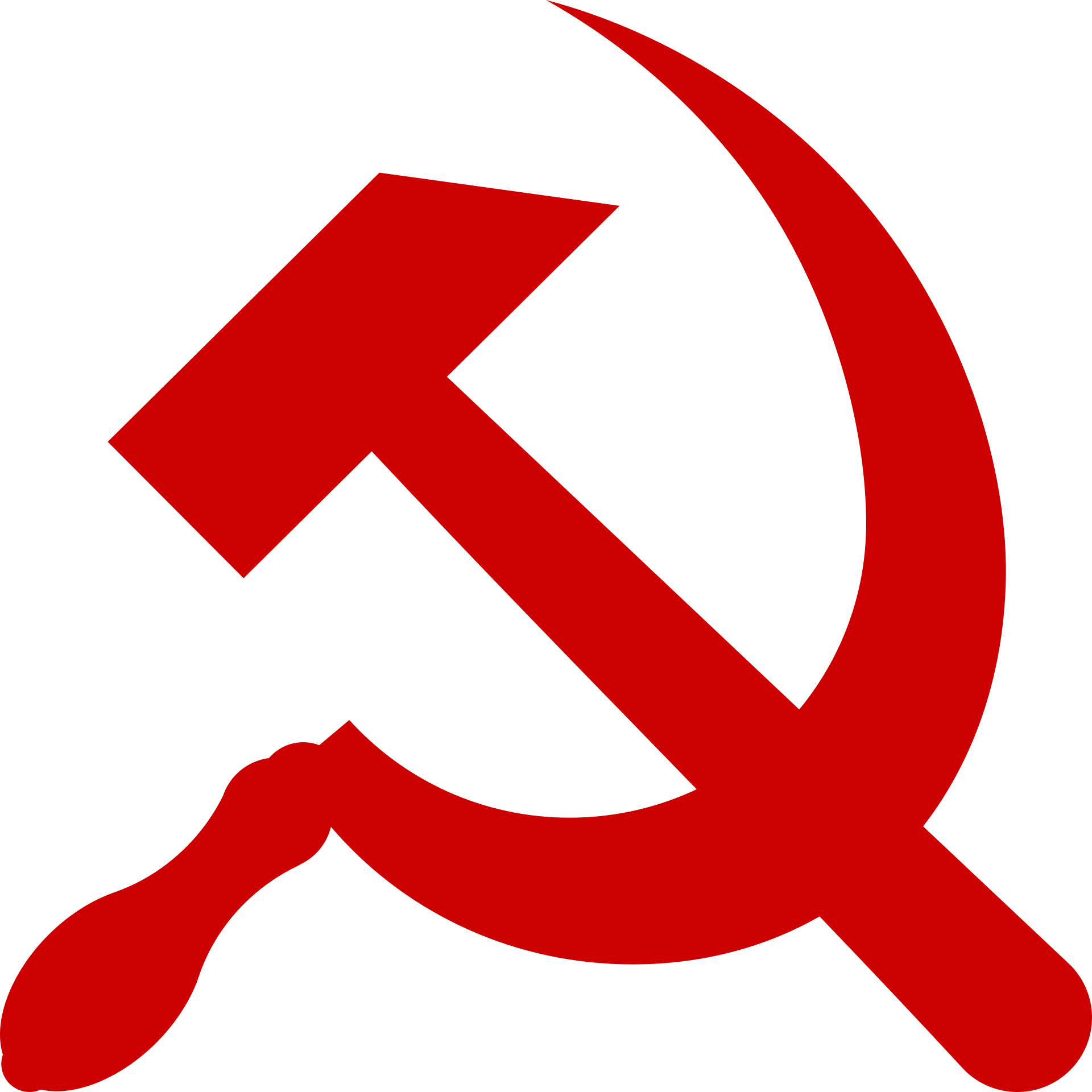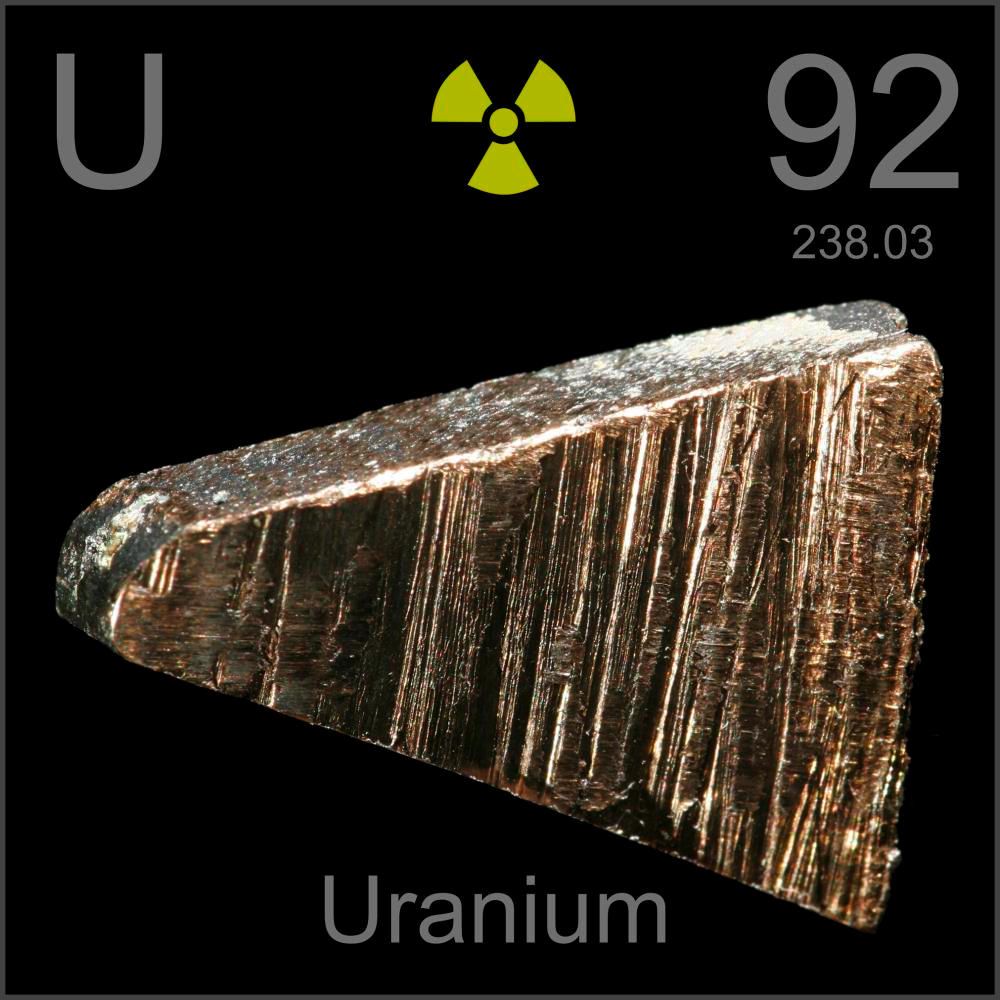The answer to misleading information about USSR had issues feeding its population. source : https://www.cia.gov/readingroom/document/cia-rdp84b00274r000300150009-5
Honestly , I still think the soviet union was bad and restricted human rights. True communism will look much different.
I always say, true communism isn’t possible without true democracy. Leaders must be elected in elections that actually matter.
It’s likely not something that is possible with first past the post voting, or any ordinal voting system. A cardinal voting system could do it. My current favorite is STAR.
Pedantry corner: Communism’s goal is to achieve a communist society, which is defined by being stateless. In a true communist society there would be no need for elections nor government. Now, how to actually get there… is where people disagree, especially anarchists and marxists.
Back on topic, I think the electoral system Cuba and Vietnam use are already a better starting point. There are no parties (parties are allowed to exist but they don’t run in elections, not even the Communist Party), every candidate is independent and they cannot self-nomimate or be placed by someone higher-up, they must be nominated by their community, and everyone gets an equal opportunity to run their campaign.
No election should be anything other than proportional. Even better is sortition. However you need an apparatus very different from a liberal democracy to make it work, which is good, we need to stop making governments that look like liberalism. Which is a core part of the failure of the soviet union and communism to date, that saying you’re doing socialism isn’t enough, we need novel organization of people.
true communist (like true anything else) is only possible if there are no people involved.
The phrasing may be poor, but it remains that communism historically has pursued lateral and decentralized power distribution.
It’s difficult to compare diets across countries like this because of differences in lifestyle and genetics. I am actually a nutritionist but it’s like 2 am here, I’ll run some numbers tomorrow and double check this but I suspect it’s probably right.
So it turns out this is actually super hard to analyse by modern standards (I am also coming at it from another country with different guidelines again, which complicates it a bit) so take all of what I’m saying with a pretty hefty grain of salt.
We don’t group foods together like this any more, but it seems to have been the done thing back in the '80s-'90s so I’m a bit out of my depth. These days potatoes wouldn’t be lumped in with grain / carbohydrates, they’d count as vegetables. Likewise eggs wouldn’t go with dairy, they’d go with meat and fish as protein.
Calorie intake depends heavily on demographics; age, sex, physical activity level, etc, so it’s really hard to assess for huge populations like this and there’s fuck all information about the USSR in that area from this time. Generally speaking though, NHS recommends 2000cal/day for women and 2500 for men. So, they’re both way over on that, but the USA is over by more. WHO recommends no more than 10% daily energy from sugar. Again, they’re both over on that, but the USA is over by a lot more. Fats are recommended to be 20%-35% of daily energy; this article doesn’t account for fats from dairy or meat so the numbers quoted here are low, and impossible to separate out. I did, however, find a journal article from 1985 while trying to work all this out. This one puts men aged 40-59 at 2567cal/day in the USSR and 2554cal/day in USA; a 13 calorie difference (that’s about half an ounce of apple) with USSR higher, but a lot closer to modern NHS guidelines for both. For the USSR; 38% from fat vs. 40% from fat in USA. Again, both over, but USA over by more.
In conclusion, this data is badly categorised, way too high-level, and too over-generalised to really draw much of value from, but speaking really broadly, yeah. About the same amount of food. Neither is ideal, but the Soviet diet is probably slightly better. I’d really, really like to see the sources they used.
IS that why there were bread lines in Soviet Russia, because of all the plentiful nutritious calories freely on offer, lol, fuck off
It depends on the timeframe, in the 1980s, there were no bread lines because food was plentiful.
During the main timeframe where there were bread lines, the US had soup lines.
Life under the Soviets was a marked improvement for the Russian people compared to life under the Tsars (not so much for the satellite states of the Soviet Union, those people were often actively harmed by being part of the union.)
American media and government would never represent soup lines as a systematic failure, instead of poverty being deserved.
How easily the narrative emerges that the same situation in one case reflects repression and in the other generosity.
SNAP is america’s invisible breadline
We get soup, we win!






